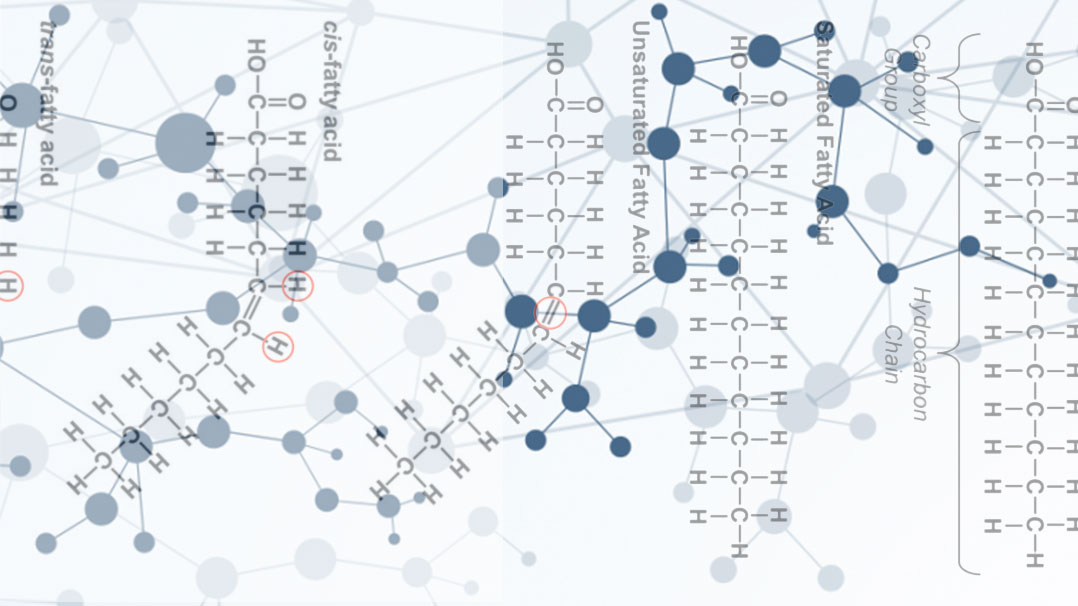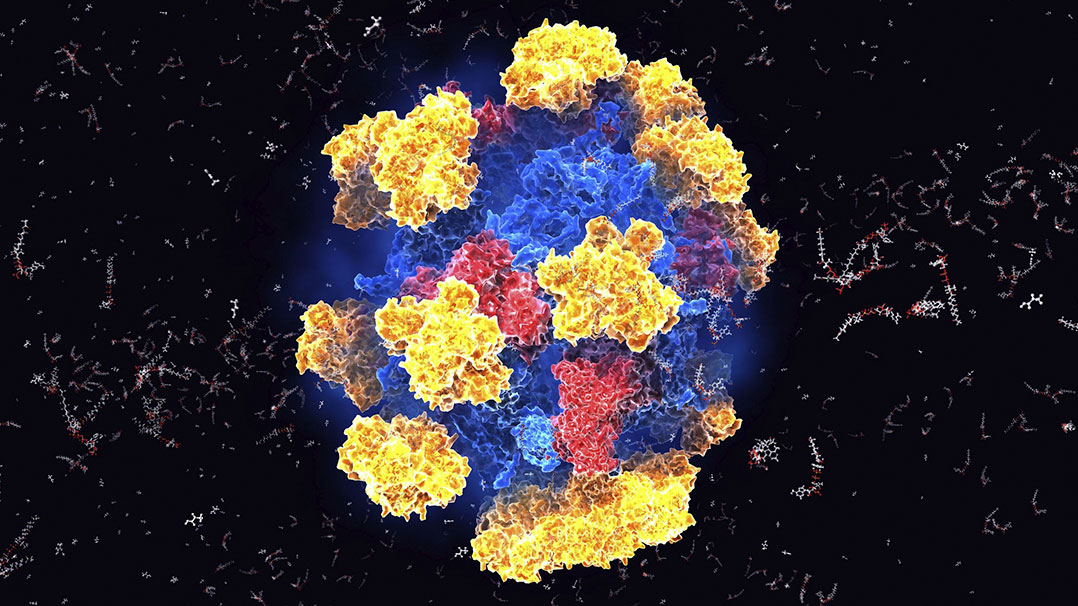Mitochondrial health is a key component in healthy aging. Here are key mitochondrial supplements and lifestyle behaviors linked to supporting mitochondrial function.

Mitochondrial health is a key component in healthy aging. Here are key mitochondrial supplements and lifestyle behaviors linked to supporting mitochondrial function.

Selectively eliminating dysfunctional mitochondria (mitophagy) and replacing them with new mitochondria (mitochondrial biogenesis) helps us stay biologically younger. But what exactly are the functions of mitochondria and how does mitochondrial health affect aging?
Oxidative phosphorylation (OXPHOS) is the major pathway of ATP production. ATP is the energy-rich molecule that powers cellular processes that require energy input. OXPHOS occurs in mitochondria and uses energy extracted in the metabolism of cellular fuels, particularly in glycolysis, fatty acid oxidation, and the citric acid cycle, to power the production of ATP.
The citric acid cycle, also known as the Krebs cycle or tricarboxylic acid (TCA) cycle, is a circular loop rotating through eight organic acid intermediates (e.g., citrate, malate, oxaloacetate). This cycle plays a critical role in moving cell energy production forward, because it is the first pathway of the final stage of energy extraction from nutrients, in which carbon units are fully oxidized. The intermediate products formed in this cycle are also used to build molecules including proteins, DNA, and RNA.
Fatty acids are an important fuel for the generation of cell energy in the form of adenosine triphosphate (ATP). Fatty acid oxidation, also known as beta-oxidation, is the metabolic pathway of fatty acid breakdown for energy production. Fatty acids are the primary source of energy for the heart (i.e., the cardiac muscle) and skeletal muscle during rest or moderate physical activity.
Glycolysis is the metabolic pathway that breaks down the carbohydrate glucose to produce cell energy in the form of ATP. Glycolysis generates ATP directly, as a product of the pathway’s chemical reactions, and indirectly, using energy generated by electrons extracted from the chemical bonds of glucose. In the human body, glucose is the preferred fuel for the vast majority of cells.
In this article, we’re going to learn about mitohormesis, the activity of reactive oxygen species (ROS) as signaling molecules, and how and why ROS can be both beneficial and harmful. We will also discuss what leads to excessive ROS production and accumulation, how this associates with aging, and where antioxidants fit into the equation. Lastly, we’ll discuss nutritional strategies that can support the antioxidant defenses cells and mitochondria use to protect themselves against excessive ROS.
Similar to many other cellular processes, the creation of new mitochondria (a process called mitochondrial biogenesis), and the interacting pathways that influence it, suffers with aging. This is the bad news. The good news is that there are things we can do to better support maintaining a fitter mitochondrial network.
Cinnamon is one of the world's oldest spices. Along with pepper and ginger, it was a big part of the spice trade between Asia and Europe. Cinnamon trees are native to India, Sri Lanka, Indonesia, and Burma. What we think of as cinnamon comes from the inner bark of several different tree species from the genus Cinnamomum.






